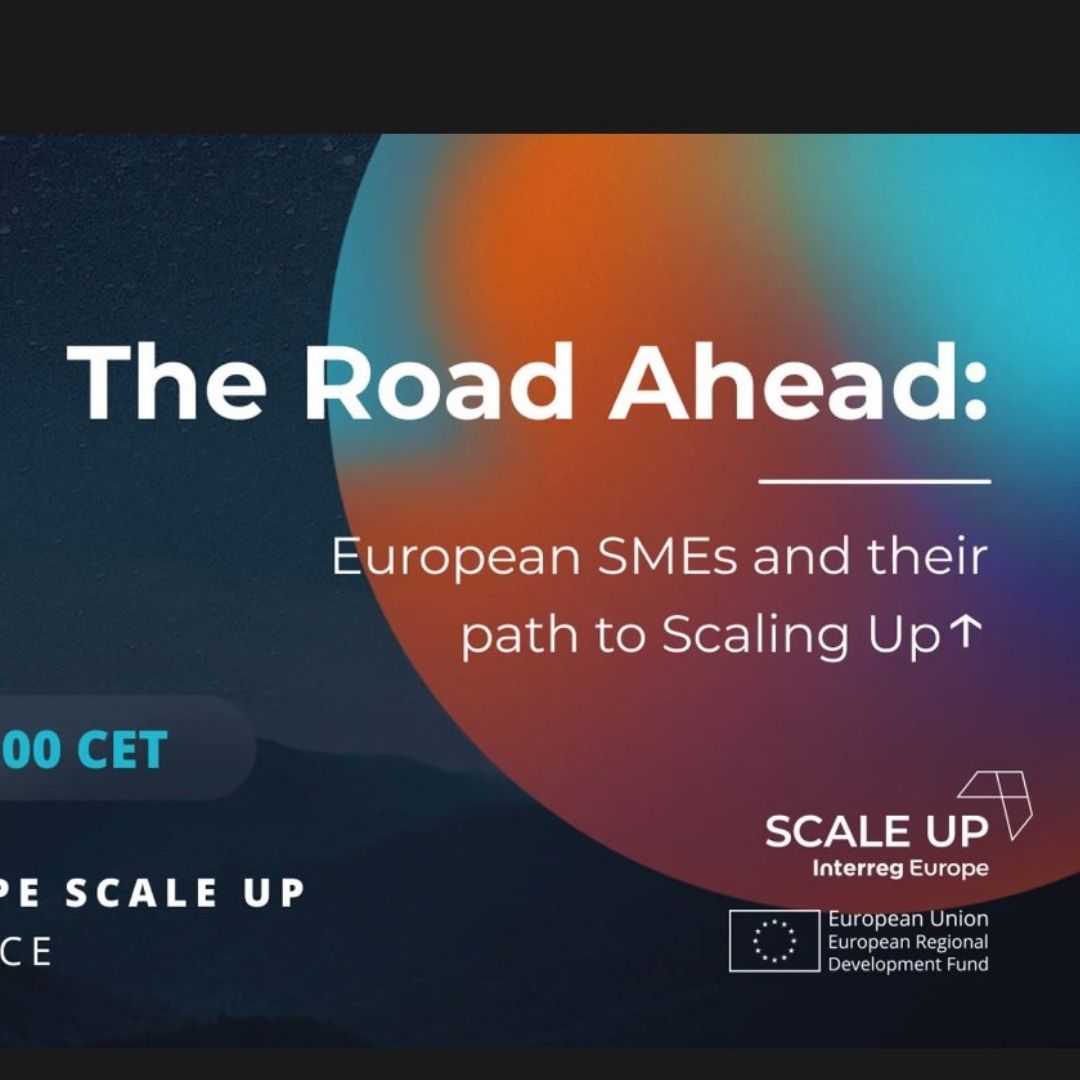The goal of this conference was to emphasize the importance of the support offered by regional governments to SMEs that must be reviewed and tailored in order to facilitate the recovery of losses as well as pave the way once again for these SMEs to scale up and internationalise.
Concerning the need to scale up business, a remarkable increase in the number of scaleups in recent years has been recorded. However, due to the Coronavirus pandemic, the scale up process has experienced a setback in the last two years. Indeed, over 60% of SMEs have reported a fall in turnover and around 66 % have delayed investment decisions or downsized investments.
The keynote speaker, Rudy Aernoudt - Senior Economist from the Directorate-General for Internal Market, Industry, Entrepreneurship and SMEs (European Commission) - pointed out that SMEs usually have to face three key challenges or the so-called ‘equity gaps’, which are the early-stage gap, the scale-up gap and IPO. To these three challenges, Rudy Aernoudt added a 4th one: the ‘scale-up mentality’. Indeed, the gap between the EU and the U.S. is wide when it comes to invest in scaling up. In the U.S., investors are more willing to invest in scaling up, while in the EU, investors are more reluctant. This explains why in the U.S. firms tend to grow quickly, while in the EU firms are static.
Moreover, unlike the U.S. and China, in the EU there is a shortage of finance, particularly of later stage of finance, for growing and scaling companies.
As stated by Rudy Aernoudt, business success is easier in the U.S. than in the EU because American SMEs rely on several funds whose size is not even remotely comparable to European one. This is the reason why ‘European starts-ups have an approximately 30% lower likelihood of success relative to starts-ups in the U.S’.
Afterwards, Anita Tregner, Senior Advisor and Policy Expert at MetaGroup, shared her insights on the ERDF interregional innovation investment instrument (I3) that will run from 2021 to 2027 with a EUR 580 million budget in order to help businesses work with innovation actors in other regions to bring innovative products and services to market.
As stated by Anita Tregner, this instrument is aimed at providing funding for interregional value chain investment projects in companies to scale-up innovation, to accelerate innovation uptake and commercialisation, and to support S3 collaboration projects by regional innovation ecosystems.
This instrument (I3) will provide grants (pipeline of close to market business investments in more and less developed regions) of up to 70% of the eligible costs and will also support capacity-building projects (helping less developed regions to integrate in the existing or emerging EU value chains) by 100% funded grants.
Undoubtedly, against the backdrop of scaling up, incentives come also from the European Innovations Council which supports the generation of EU leadership and IPR on emerging technologies in key markets by reducing the risk in the first stages of the business and giving support in the “valley of death” during the different phases of the development and attracting private capital / investment to EU companies and to become leaders in global technological markets.
Later, Marina Martínez García, Directorate for EU Programs and Territorial Cooperation at the Spanish Office for Science and Technology, gave an overview of innovation in Pilar-3 of Horizon Europe and on the European Innovations Council in Horizon Europe, with a focus on the generation of technology, transition from technology to business and accelerators of business into market. Thanks to Marina Martínez García’s presentation, the European Innovations Council instrument, bottom-up calls, and challenge-based calls were framed.
The presentations and information shared by experts during the conference along with the presentations of the consortium related to their action plans show a glimpse into the possible future of SMEs in recovering from the pandemic. The Scale Up project continues with its 2nd phase as consortium partners put their plans into action.
